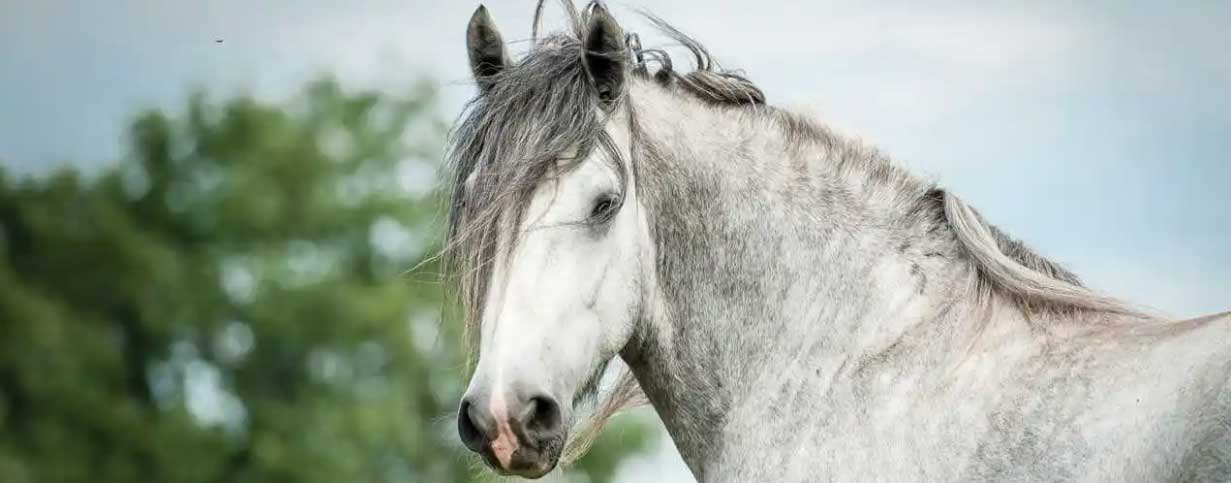
by Eleanor Kellon, VMD
The only carbohydrate fractions that matter are those that increase insulin.
HYDROLYZABLE CARBOHYDRATES (HC)
Hydrolyzable carbohydrates (HC) are defined as those digestible in the small intestine. Microbial fermentation is much less in the small intestine than the hind gut, so those carbohydrates will be absorbed intact.
Starch is digested entirely to glucose. Simple monosaccharide sugars like glucose and fructose are absorbed intact. Disaccharide sugars like sucrose (table sugar) and lactose (milk sugar), and the trisaccharide trehalose, are broken down into monosaccharides by enzymes present at the brush border of the small intestinal cells, then absorbed. These are the HC and the only components that increase blood glucose and therefore insulin.
FERMENTABLE CARBOHYDRATES
More complex plant sugars like cellobiose and raffinose cannot be digested and pass through to the hind gut where they are fermented to volatile fatty acids. The same fate awaits all fiber fractions, "resistant" starch not accessible to the digestive enzymes and rapidly fermentable carbohydrates like pectin, fructan and beta-glucan.
The volatile fatty acids/fermentation products produced can substitute for glucose in energy pathways (acetate), be used to feed the colonic cells (butyrate), converted back to glucose or glycogen (propionate, lactate) or fat (butyrate, acetate). None of those substances or reactions will increase insulin.
RESEARCH & DATA
Because more forage laboratories, and research, is geared toward ruminants rather than the simple-stomached horse, the distinction doesn't mean as much because everything gets fermented in the forestomachs of a ruminant.
For now, we have the most data on sugars in hydrolyzable carbohydrates estimated colorimetrically by ESC. ESC + starch will give you the best estimate of total HC in a forage sample.
This article originally appeared on Uckele Nutrition and is published here with permission.
There are more educational articles in our section on Health & Education.

































